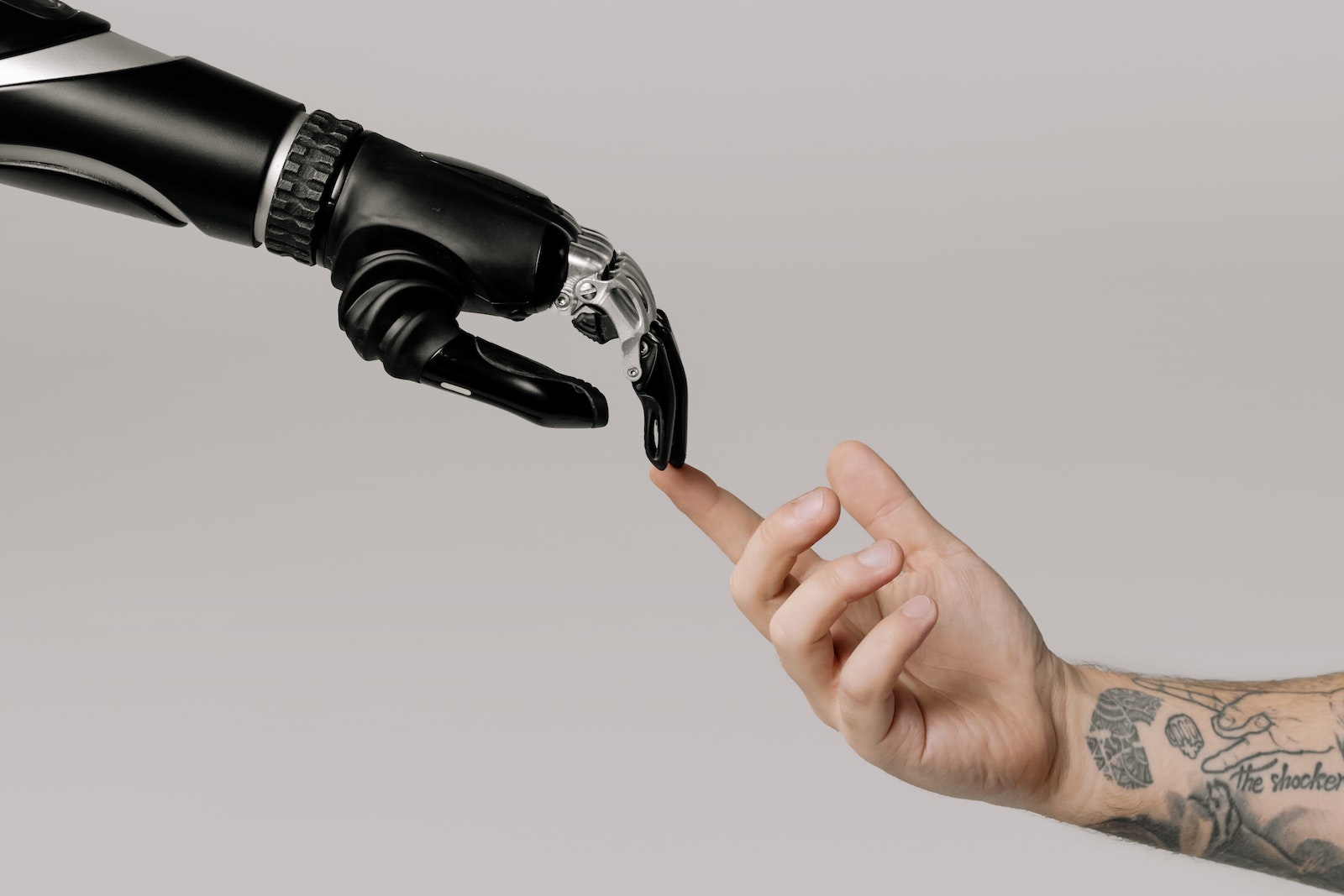There is an increasing demand for fast, accurate and cheaper translations.
Between translation, localisation, interpretation and other related language services, the industry is expected to reach $47 billion by 2021.
Machine translation (MT) software is a powerful tool which has transformed parts of the industry and helped deal with the demand for high volume translation services.
We’re here to tell you how it works, the benefits of using MT and when it’s best used in the translation process.
How does machine translation work?
Machine translation software translates text from one source to another in a matter of seconds. Today, the software works by building up a dictionary of grammatical rules or by using a range of real-life example translations.
In recent years, it has become even more sophisticated which has been adapted to recognise similarities between documents and build up a rich glossary of words. Its ability to produce cost-friendly translations on a large scale is incredibly attractive for businesses across the globe.
While human translators will always be the most effective method of translation, as their expertise of culture is invaluable, there is a time and a place for machine translation.
High-volume at lower costs
Generally speaking, human translators can be much more expensive than machine translation. Which, at first, makes it appealing to companies with low budget but high volume of documents, like data sheets or certain legal documents, to want MT.
However,MT alone is not enough for the effective translation and shouldn’t be used on its own to translate high volume documents.
That being said, raw machine translation has its place in the translation process. It effectively does the heavy work for human translators. For example, technical manuals, which use a lot of repetitive language and standard industry terms, greatly benefit from MT in the first stage of the translation process. The MT output will be specific to a language pair, such as English-French, and subject matter (e.g. engineering). So, it produces a standard of translation good enough for a human translator to edit.
Post-edited machine translation (PEMT) offers quality machine translations at the most reasonable price. PEMT is useful for large volume in a short timescale, and will offer you the quality of translation you need. Using cheap and raw MT, without any post-editing, could render your documents unreadable.
Why post-editing is key
MT is ideal for high volume documents, but only with post-editing.
Post-editing can either be done lightly or heavily, depending on your budget, and requires the expert eye of an experienced linguist. There may be words which don’t quite make sense in the context the machine has produced, or the copy may need to be localised to be acceptable within the target culture. This shows how the increase in adaptive MT will gradually just merge into the standard use of CAT (Computer Assisted Translation) tools, which while used for years, will never replace the need for human translators.
If a translation company comes back to you with a surprisingly low quote in comparison to others, then this may be a red flag. Generally, MT will never be used on its own and the quality of translation of your documents may be poor, and the post-editing stage may be skipped to lower costs.
Used in the right circumstances, with human translators involved in the post-editing process, machine translation can produce high quality, cost effective translations in much shorter timeframes than ever before.
MT offers a faster turnaround
Machines don’t need to get 8 hours of sleep or four weeks annual leave, they can work 24/7 and 365 days of the year.
This means machines work at a significantly faster pace than humanly possible, translating thousands of words per minute, every day.
It can make more financial and practical sense to use machine translation software with a human translator. This is true when you have a high volume of documents, a particularly large source text or large amounts of repetitive contents like instruction manuals.
The nature of a machine allows content to be translated almost instantly. It’s also ideal for the translation of text which is constantly changing, such as customer service chats or news on stocks and shares.
Although fast, it’s important to remember that the document will probably have to go through a post-editing stage to ensure that it’s at the required level of quality for your target audience.
Quality, customised translations are possible
The combination of MT engines and human editors means high-quality translations can be produced, which can then be customised and trained for your specific industry.
Any human changes to the machine translation can also be fed back into the translation engines, enabling the software to produce greater accuracy and higher quality translations over time.
The advanced nature of machine translation software means the quality of the translations is increasing, so there is less need for post-editing, which means lower costs and higher-quality results. With machines able to be trained and updated regularly, your translations can increase in quality over time.
Research shows that 30% of online shoppers will abandon their shopping baskets because of poor product descriptions, so this ability to customise copy accurately is more important than ever.
While the quality may be improving, this is for narrow subject matter only. With the current level of MT technology, the quality won’t meet the high standard of translation by human translators.
Google Translate should not be used without the help of human translators
Google Translate is an example of MT which is widely used as a method for translation.
However, it’s not always understood that Google Translate is not good enough for translations which involve subtle nuances and the need of a good understanding of the source language. Free translation software often doesn’t know local phrases, fully understand grammar, or statistics. This is why it’s crucial you have help from somebody who understands the language and culture of the target market.
We recommend steering clear of free translation software if you require quality translations, and seek the help of a translation partner.
So, should MT be used for fast, low-cost translations?
The translation industry would not be able to cope with the global demand for translations if machine translation did not exist. However, it is only a tool in the translation toolbox and ideally should be used for the first draft of the document. MT isn’t the most effective translation solution when used alone.
If this is understood, and there is no need for your translations to be high-quality, then you may be confident to ask your translation partner for MT alone.
However, if the source material is highly specialised, like technical or legal documents, then machine translation alone won’t be enough. You’ll need the assistance of localisation professionals. The right translation agency will be able to advise you on the best method of translation for you and where machine translation will fit into your strategy.
Get a quote or call us on 01225 580 770 to find out how we can provide your with fast, accurate and quality translations using our expert machine translation software.







